Same Day Shipping EMI & COD on most products
Trusted Partner Since 1969
GST B2B Billing  Help
Help  00919699976817
00919699976817
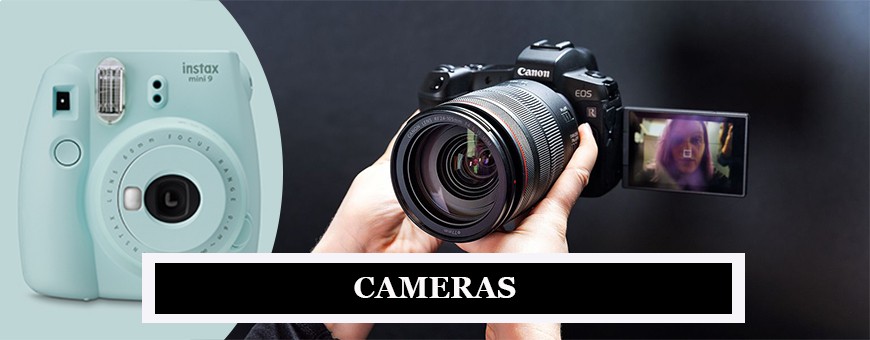

Showing 1–24 of 182 results
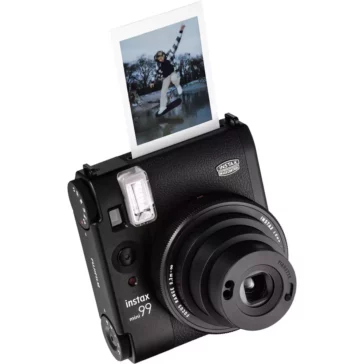
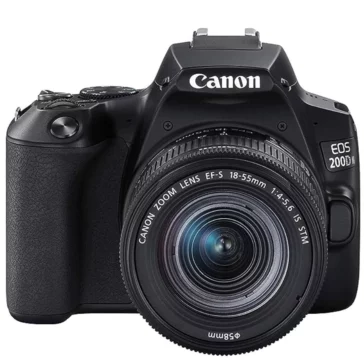
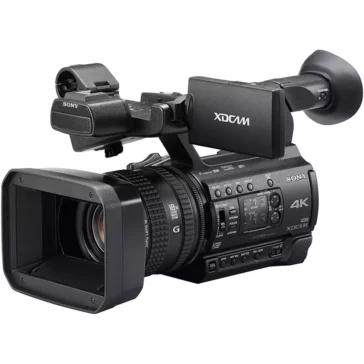
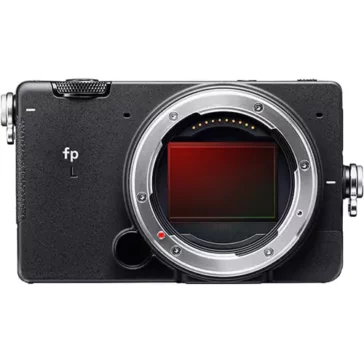
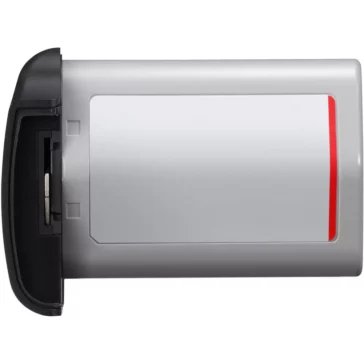
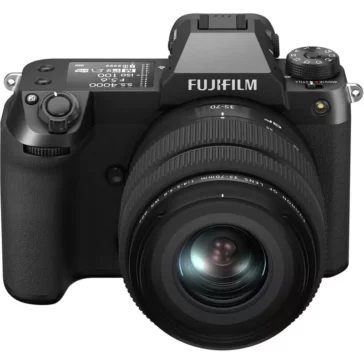
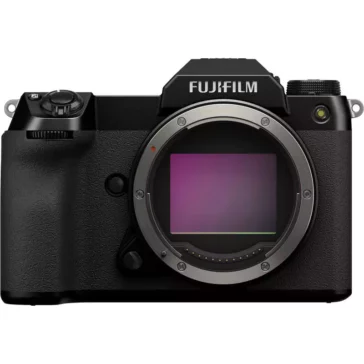
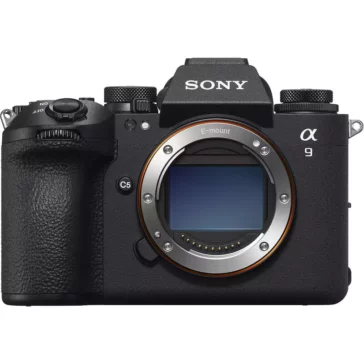
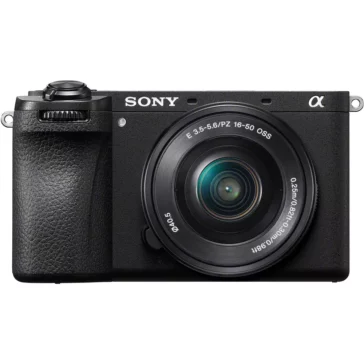
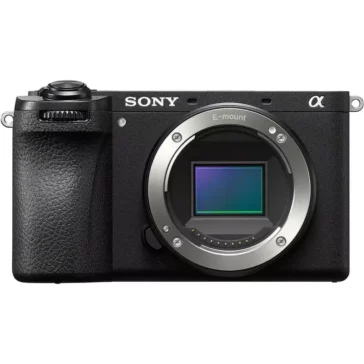
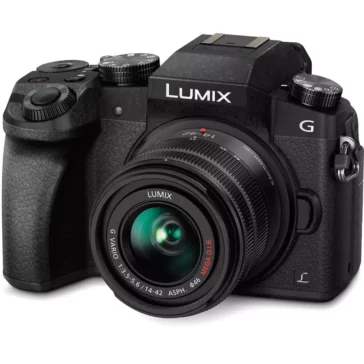
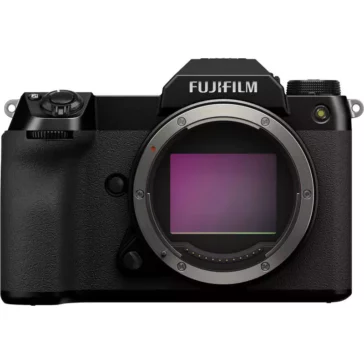
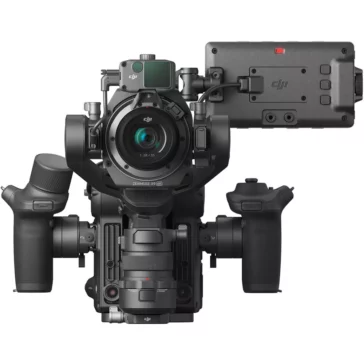
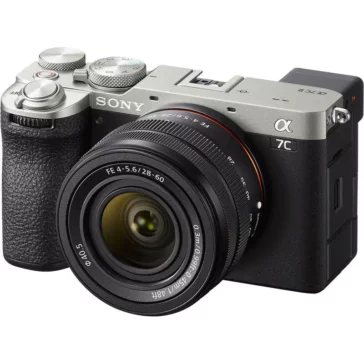
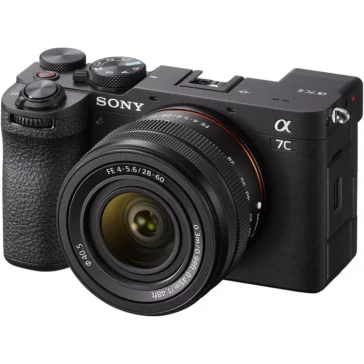
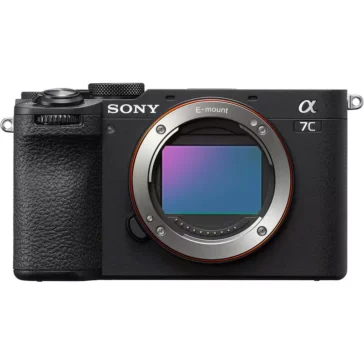
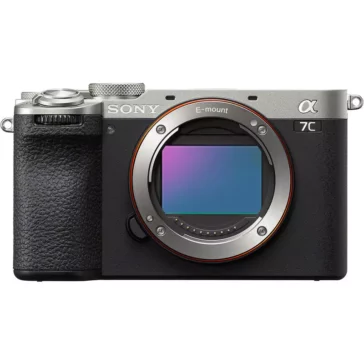
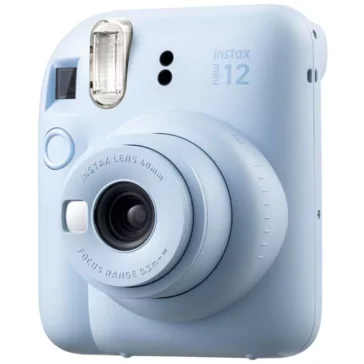
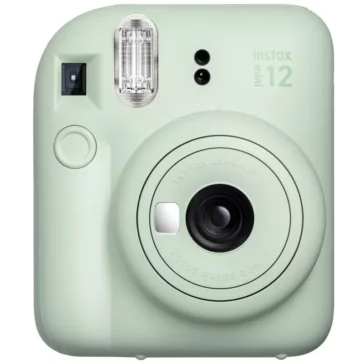
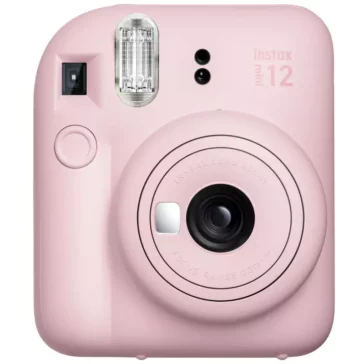
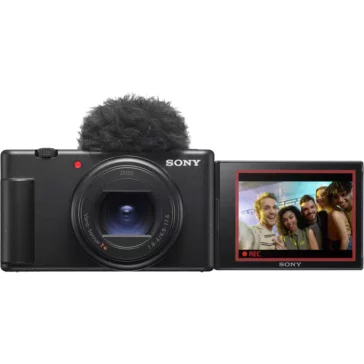
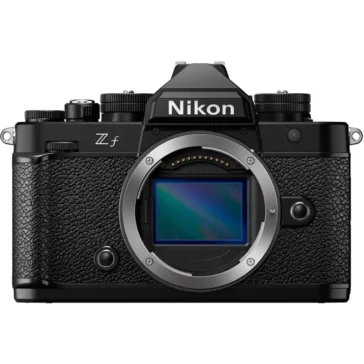
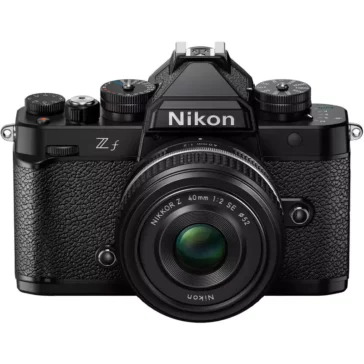
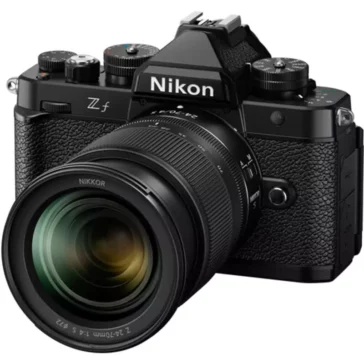
Cameras: Digital, Mirrorless & Film – A Comprehensive Guide
Introduction
Photography has been a medium of expression, documentation, and art for over a century. The tools of this craft, cameras, have undergone significant evolution, from the rudimentary film cameras to the advanced digital and mirrorless models we see today.
Digital Cameras: The Dawn of a New Era
Digital cameras marked the beginning of a new age in photography. They brought convenience, efficiency, and a plethora of features:
Storage and Capacity: With memory cards, digital cameras can store thousands of images, eliminating the need to constantly change film rolls.
Quality and Resolution: Modern digital cameras offer high resolutions, allowing for clear, detailed images.
Modes and Features: From panorama to portrait, night mode to burst mode, digital cameras come packed with features to suit every need.
DSLRs vs. Point-and-Shoot
While both fall under the digital camera category, DSLRs offer interchangeable lenses, manual settings, and are generally used by professionals or enthusiasts. Point-and-shoot cameras are compact, with fixed lenses, and are perfect for casual photography.
Mirrorless Cameras: Compact and Powerful
Mirrorless cameras have become increasingly popular due to their compact size without compromising on quality. Key aspects include:
Electronic Viewfinders: Unlike DSLRs, which use optical viewfinders, mirrorless cameras often employ electronic ones, providing a digital display.
Adaptability: Many mirrorless cameras allow lens changes, giving flexibility similar to DSLRs.
Video Capabilities: Mirrorless cameras excel in video recording, with many models offering 4K resolution.
Film Cameras: Nostalgia and Craftsmanship
Despite the digital age, film cameras have a dedicated fanbase. They offer:
Analog Feel: The grain, color rendition, and even the occasional imperfections give film photos a distinct character.
Mechanical Operation: Most film cameras are fully mechanical, providing a tactile experience.
Learning Curve: They’re perfect for understanding the nuances of photography, from exposure to composition.
Hybrids and Instant Cameras
Hybrid cameras combine the features of digital and film, allowing photographers to capture digitally and print instantly. Instant cameras, like the Polaroids of old, provide immediate physical photos, making them a hit at parties and events.
Conclusion
The world of cameras is vast and varied. Whether you’re capturing memories, creating art, or documenting moments, there’s a camera out there for every need. As technology advances, we can only anticipate more innovations, but the essence of photography, telling stories through images, will remain unchanged.
Digital cameras, specifically DSLRs, use a mirror mechanism to reflect light from the lens to an optical viewfinder. Mirrorless cameras lack this, making them more compact. They use an electronic viewfinder or the main LCD screen.
Film cameras offer a unique, organic feel. They require understanding photography fundamentals, making them ideal for honing skills. The tangible results and joy of developing photos add to their charm.
Mirrorless cameras lack the mirror mechanism of DSLRs. This means no mirror flipping during shooting, allowing for faster continuous shooting.
Yes, digital cameras can be more cost-effective. While the initial investment might be higher, they eliminate recurring costs of film rolls and developing.



Most units are shipped same day using professional courier services with tracking.
We work round the clock to ensure you get the highest level of customer satisfaction.
Well packed, Sealed Units are shipped from our warehouse which are waterpoof & sturdy.
Design Info
GST: 27AYUPJ2628P1ZK
No.1, Saremals, Shastri Hall Building,
Nana Chowk, Grant Road West,
Mumbai 400007, Maharashtra, India
New Delhi Branch – South Ex 2, 110049
Also Ships DAILY from Brisbane, Dubai,
Berlin, Barcelona, Detroit & Vancouver.
Connect online / schedule a demo
Call/WhatsApp: +91-9699976817
Email: [email protected]
Live Chat: Business Hours
Follow Us: @designinfo.in
Copyright © 2014-2022 Design Info All Rights Reserved. Feedback on web experience
Since 1969